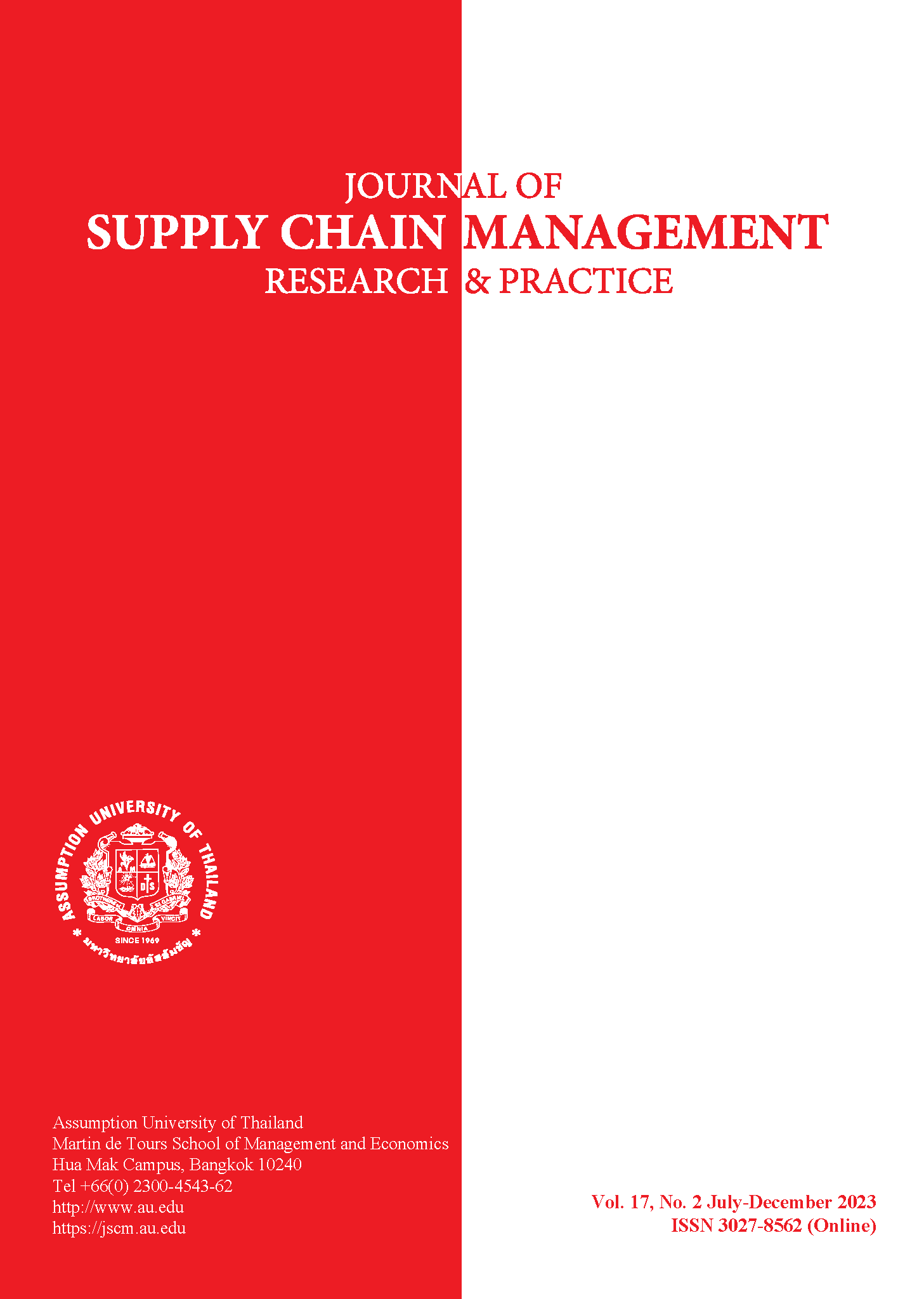APPLYING SUPPLIER EVALUATION-SELECTION IN A GARMENT COMPANY
Abstract
This is a report of a case study which applies a supplier evaluation and selection model to the buyer sourcing in a garment company in Thailand. Supply is an integral part of a supply chain, and Suppliers have to be selected carefully, as they can have a great impact on organizational performance. Currently, the company selects its suppliers by experience; it lacks a method to support these judgments. Also, the Company is facing several supplier problems such as quality, lead time of development, and cost.
To have a close relationship with suppliers, can lead to benefits and help to increase the company’s performance. The number of suppliers in the supply base is the one important issue, and their condition and qualification have to become the best. A supplier evaluation and selection method should be adapted to the company so that it can build the relationship at a strategic level rather than just a transactional level. The methodology in this case study is a mixed approach. The data collection involves capturing numeric as well as textual information: in other words, both quantitative and qualitative methods are employed. To select the method of supplier evaluation and evaluation, several studies were reviewed, for this case study, and the model of Teng and Jaramillo (2005) was selected for simulation. There are 267 existing suppliers of the ABC Company divided into five categories. The greatest spending cost is the fabric category. Thus, it is the initial group in which to implement improvement. The score is calculated by using an equation with general application, such as Microsoft Office Excel. The supplier with the highest total performance score will be selected as a key supplier for improvement in performance and development in the supplier relationship program.


